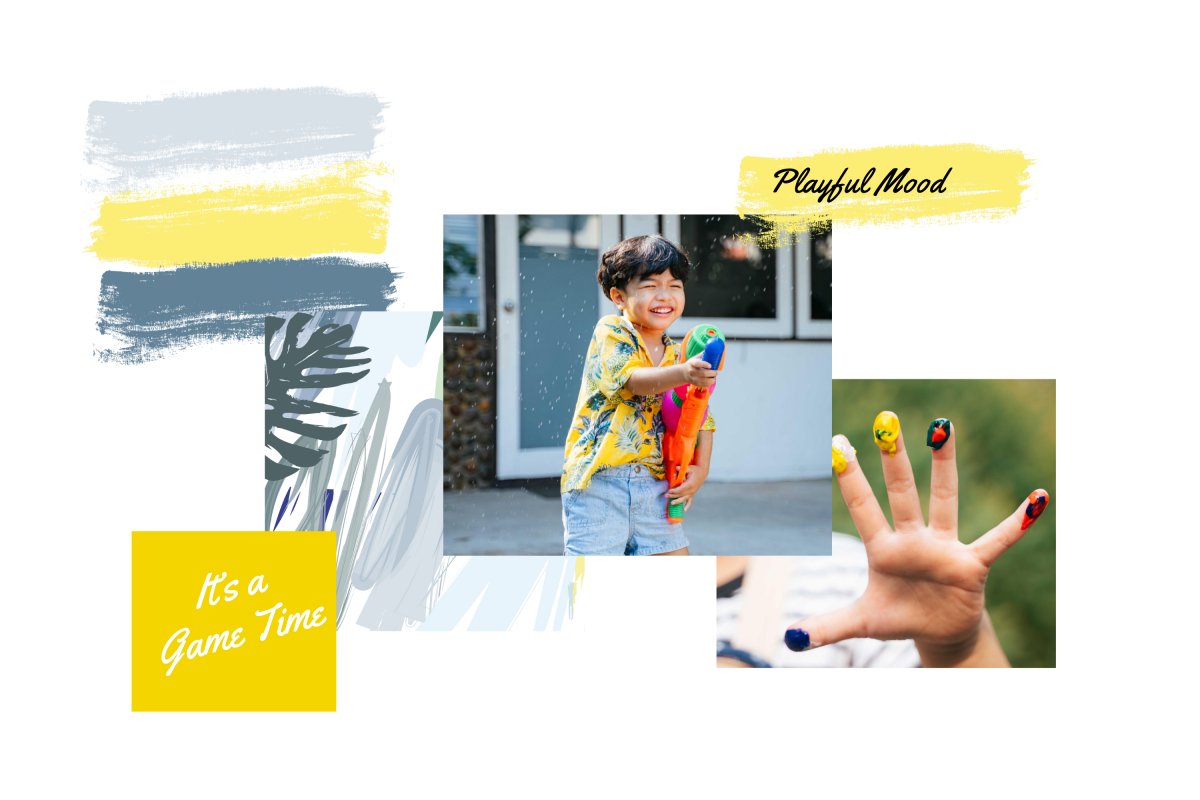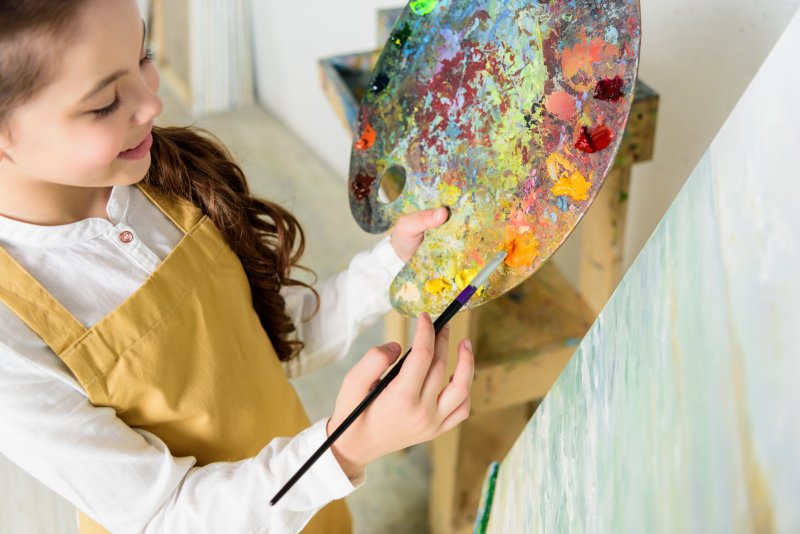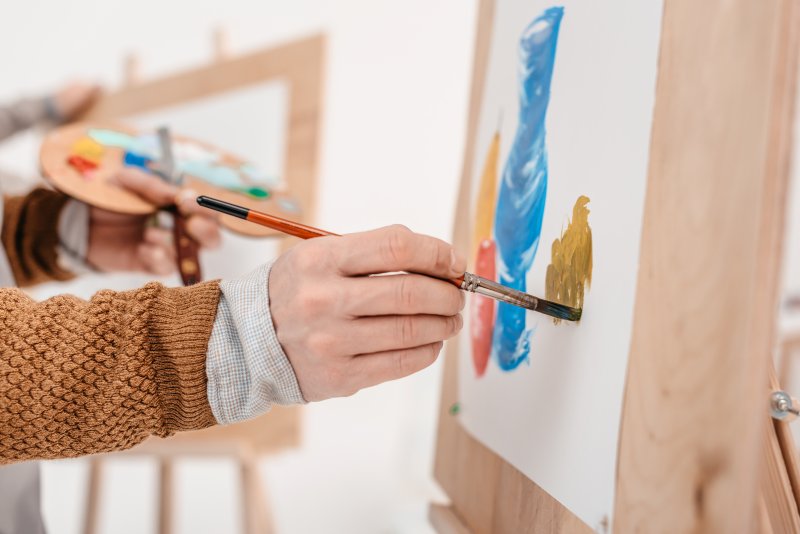Oil painting is trendy among painters, but oil pastel colors are not standard. They are technical and hard to handle, but proper teaching and practice make everything easy.
Drawing is a process of constant thinking and constant correction. Thinking and planning before you perform any action will increase work efficiency and reduce the effort you put into when something wrong happens.
Drawing with oil pastels, color us the same. If you think before drawing every stroke, there will be no mistakes, and you are not ruining your art because it is tough to recover from any error in oil pastels.
The following article explains oil pastels and how to use them. Using the rules we learn here, we will eventually make a beautiful piece of art.
What are Oil Pastels?
Oil pastels are made of pigments held together by linseed oil. They are similar to soft pastels (chalk) but oily. They are not hard enough and change their shape when pressed due to the presence of oil.
Oily consistency produces a painterly effect, which takes drawing to the next level. The painterly effect refers to the painting in a loose and less controlled manner. It draws attention to the delicacy of pattern, texture, and design of the picture.
Oil pastels are used in the same manner as pencils, crayons, or chalk. All of them perform their task by drawing or sketching on the surface on the canvas, cardboard, or other surfaces.
Similarities with other color paints
Oil pastels have similarities with other pastels in their composition, texturing, painting strategies, and layering behavior.
Crayons
Oil pastels and wax-based crayons have many similarities. Oil pastels behave like crayons, and both change their shape when pressure is applied. When used for drawing, both are consumed quickly. Both oil pastels and wax-based crayons are oily. Therefore, both are suitable for drawing on the canvas, as the canvas is fibrous. When the second or third layer is added, the medium becomes buttery, and the color is mixed and behaves like paint. It is hard to paint in this situation.
Soft Pastels
Oil pastels are less powdery than soft pastels due to linseed oil in oil pastels; soft pastels are tricky due to no moisture. Due to the complex nature of soft pastels, they blend more quickly than oil pastels because they are greasy. They can be layered like soft pastels but to some extent if handled carefully.
When too many pastels are used, they create muddy colors, which eventually destroy the painting. Another downside of pastels is that they take up the previous value of the space. So, when using oil pastels, be careful. Only use them where they need to be.
Step-by-step guide: how to draw with oil pastels
Oil pastels draw the same way as pencils and crayons: by sketching and drawing. The method for removing some shapes from pastels is technical but easy to follow. Specific steps need to be followed to paint/sketch oil pastels. This is because oil pastels can be easily consumed. If a buttery muddy color is created, it will ruin the painting, and all the effort put into it will be in vain.
The general steps to make drawing/painting out of oil painting follow.
1. Begin the drawing with the outline of the object.
2. Establish the object’s shape and add some value to it by adding color.
3. Establish darker values of the sketch first, like shadows.
4. Blend the pastels; it creates a smooth and seamless transition between the two colors.
5. Darker colors of the same tone and black paint make shadows darker.
6. Now, add highlights to your drawing. White color is mainly used to draw highlights.
7. Adjust highlights and shadows to make the image stunning.
8. Draw background.
Drawing any painting is more accessible than preserving it. Some paints never dry whatever we do. Different techniques are developed to dry, harden, or firm so that art may not be disturbed. In some cases, unlike oil pastels, oil dries over time, but linseed oil does not dry even after a long time. Following are some methods to dry/seal the oil pastel painting.
Methods to Seal Oil Pastels
Oil pastels don’t dry themselves because they are non-water-based colors. They don’t combine with acrylic paints either, so acrylic paints dry, and as a result, oil paints dry as well. If there is a small portion of oil paints in acrylics, they will dry in a few hours, but if the amount is high, you have to use other methods.
Glass Framing
The easy method is framing them in glass, but it is risky. If your frame experiences a considerable push, there is a chance that paint from a portion of the painting may come off.
Fixative Varnish
The other method is using fixative varnish. You can paint on oil pastels; although they are never scorched, they harden over time.
Conclusion
Like any other medium and color, oil pastels can create incredible images. They can create stunning sunset landscapes, beautiful apples, and realistic portraits. All of this is possible if the correct method is used to create art of any type.
Oil pastels are greasy and slippery and are hard to handle. If used calmly and held gently, they can create flammable images.
Oil pastels are similar to other colors, including crayons and soft pastels. If anyone has experience with these colors in making art, they provide a significant push.
Oil pastel paintings are sealed simply by framing, but fixative varnish is used to lower the chance of damage. It does not fully dry the oil pastel but hardens over time.


